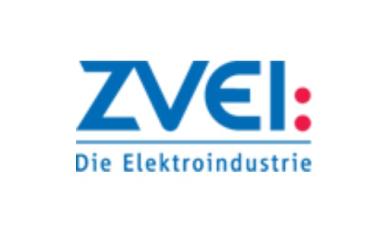Edmund Optics and II-VI cooperate

Edmund Optics has announced a partnership with II-VI to ensure immediate delivery of Zinc Selenide (ZnSe) optical components. Zinc selenide (ZnSe) planoconvex (PCX) lenses, zinc selenide (ZnSe) aspherical lenses, CO2 beam expander, and lens tension tester are available now. This collaboration makes it much easier to acquire optical components for infrared applications throughout the design, prototyping and production cycle.
Zincselenide (ZnSe) Techspec plano-convex lenses (PCX) are developed by Edmund Optics and manufactured by II-VI using ZnSe material. They show a bulk absorption <0.0005 cm-1 at 10.6 μm and are available with broadband antireflective coatings, 8-12 μm or 3-12 μm. With an irregularity pass error of <λ / 20 at 10.6 μm and a surface roughness of <50 Å, it can be ideal for precision IR applications. Likewise, the aspherical lenses made of zinc selenide (ZnSe) are designed by EO and made from the same high quality ZnSe material. Zinc selenide (ZnSe) aspherical lenses have the same surface specifications and an 8 - 12 μm AR coating option as the PCX-ZnSe lenses.
The CO2 beam expander consists of high-quality ZnSe elements for collimating and improving the energy distribution of high-performance CO2 laser beams at 10.6 μm. The beam expanders provide minimal beam divergence and AR coatings that result in 99.4% transmission and an absorption <0.1% per surface at 10.6 μm.
The fourth and final new II-VI product offered by EO are tension testers for lenses that use cross-polarization to control mechanical and thermal stress as well as contamination. They are available either in a portable pin-on design or as a desktop model, which is ideal for use in the laboratory.












